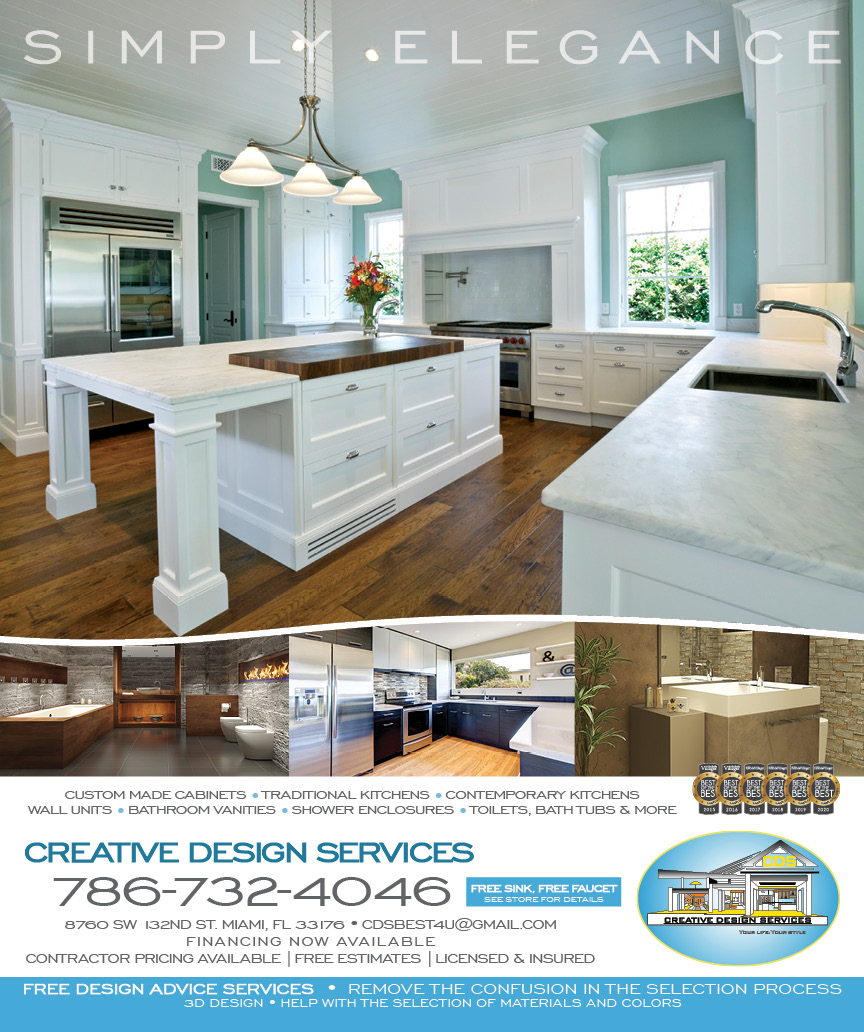You spend a lot of time in your kitchen, so you want the space to be as clean, comfortable, and aesthetically pleasing as possible. Unfortunately, the moisture you release into the air when you cook can compromise these qualities. When humidity rises, mold is more likely to grow, the air becomes stuffier, and kitchen materials can peel, crack, and rust. This guide will help you control moisture in your kitchen and enjoy an improved space.
Use the Exhaust Fans
Exhaust fans pull steam and grease-laden air out of your kitchen, preventing moisture from settling on walls and cabinets. It’s always a good idea to turn these fans on, but if you dislike their loud sound, at least use them when boiling water or frying food. The extra few minutes it takes to leave the fan running afterward ensures excess humidity and odors are properly vented outside.
Lid Your Pots and Pans
Always cover your pots and pans while cooking. This practical tip traps steam inside, reducing the amount of vapor released into your kitchen. It also helps your food preserve more of its nutrients by not exposing it to so much air and cooking it for less time. Moreover, lids prevent a lot of splatters from happening, making cleanup easy for you. Unless a recipe specifically calls for open-lid preparation, cover that cookware!
Ventilate the Space
You want to keep fresh air circulating within your space. If weather permits, open a window or two while cooking. This lets humid air escape and allows drier air to flow in. If the weather isn’t so nice, run a ceiling fan or portable fan to keep the air moving. Proper ventilation not only controls moisture but also makes your space more comfortable.
Run a Dehumidifier
Nothing controls moisture in your kitchen like a dehumidifier. All you need is a small, portable unit to efficiently pull excess moisture from the air. These devices are particularly wonderful if you live in a humid climate.
Upgrade to Moisture-Resistant Materials
If you’re remodeling or upgrading, consider materials that resist humidity so that nothing in your kitchen harbors excess moisture or shows its unsightly effects. For instance, to protect your kitchen cabinets from water damage, you can laminate them. Likewise, you can use tiles for the space’s floors and backsplashes. Moreover, stainless steel is a good choice for most appliances, from your stove to your water kettle. These materials resist moisture, look great over time, and are super easy to maintain—a win-win-win!
If you struggle with excess humidity in your kitchen, you don’t have to any longer. Use these tips to create a more comfortable, moisture-free space!

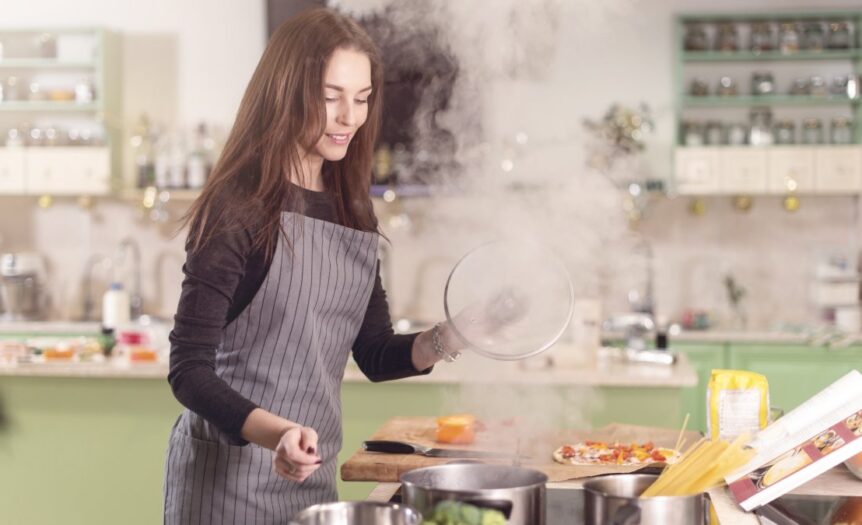


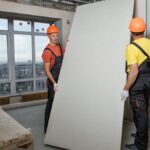

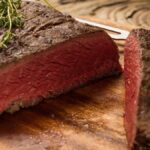

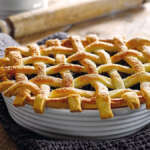

 Deering Estate
Deering Estate
 Massage Envy South Miami
Massage Envy South Miami
 Calla Blow Dry
Calla Blow Dry
 My Derma Clinic
My Derma Clinic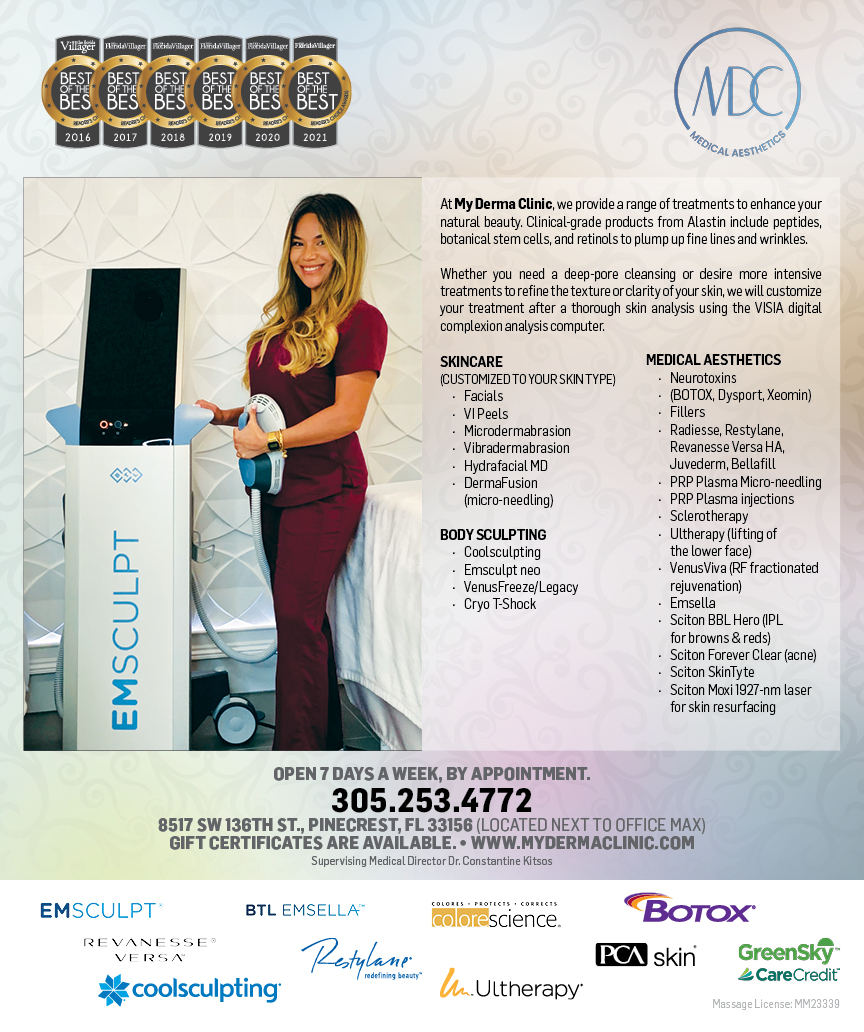
 Sushi Maki
Sushi Maki
 Sports Grill
Sports Grill
 The Healthy Kitchen
The Healthy Kitchen
 Golden Rule Seafood
Golden Rule Seafood
 Malanga Cuban Café
Malanga Cuban Café

 Kathleen Ballard
Kathleen Ballard
 Panter, Panter & Sampedro
Panter, Panter & Sampedro
 Vintage Liquors
Vintage Liquors
 The Dog from Ipanema
The Dog from Ipanema
 Rubinstein Family Chiropractic
Rubinstein Family Chiropractic
 Your Pet’s Best
Your Pet’s Best
 Indigo Republic
Indigo Republic



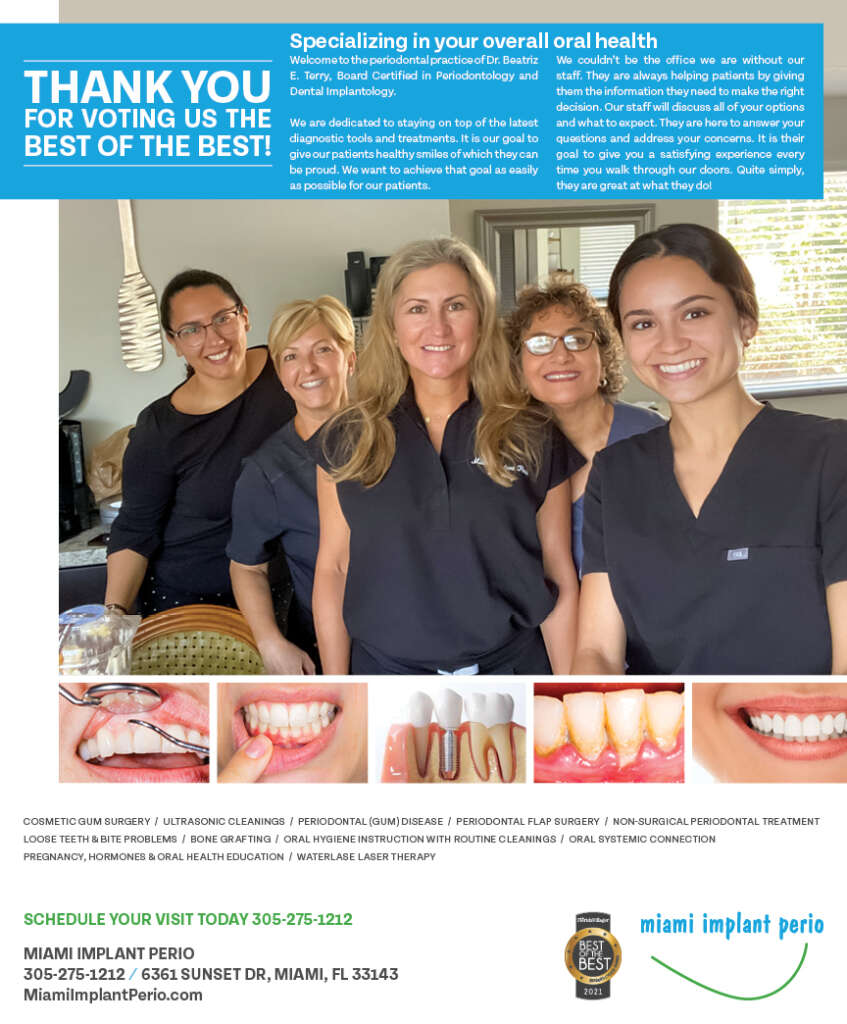
 ATR Luxury Homes
ATR Luxury Homes


 2112 Design Studio
2112 Design Studio
 Hamilton Fox & Company
Hamilton Fox & Company
 Creative Design Services
Creative Design Services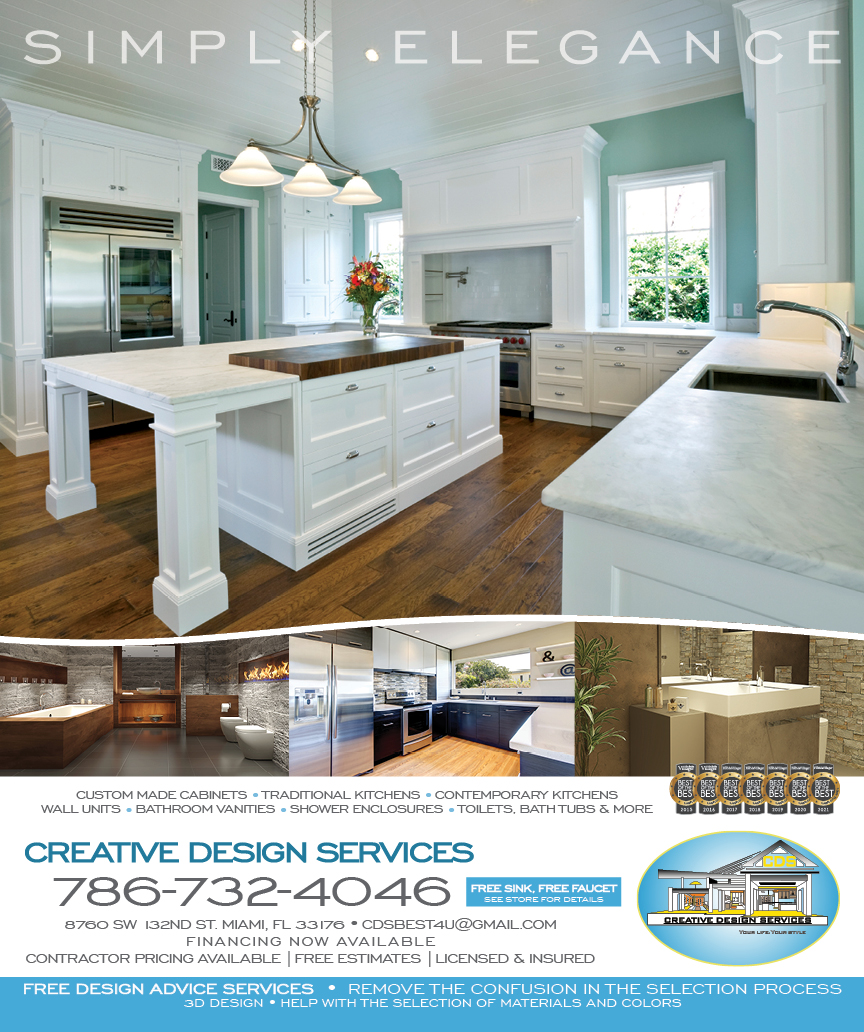
 Best Pest Professionals
Best Pest Professionals
 HD Tree Services
HD Tree Services
 Trinity Air Conditioning Company
Trinity Air Conditioning Company
 Cisca Construction & Development
Cisca Construction & Development
 Mosquito Joe
Mosquito Joe
 Cutler Bay Solar Solutions
Cutler Bay Solar Solutions


 Miami Royal Ballet & Dance
Miami Royal Ballet & Dance
 Christopher Columbus
Christopher Columbus
 Pineview Preschools
Pineview Preschools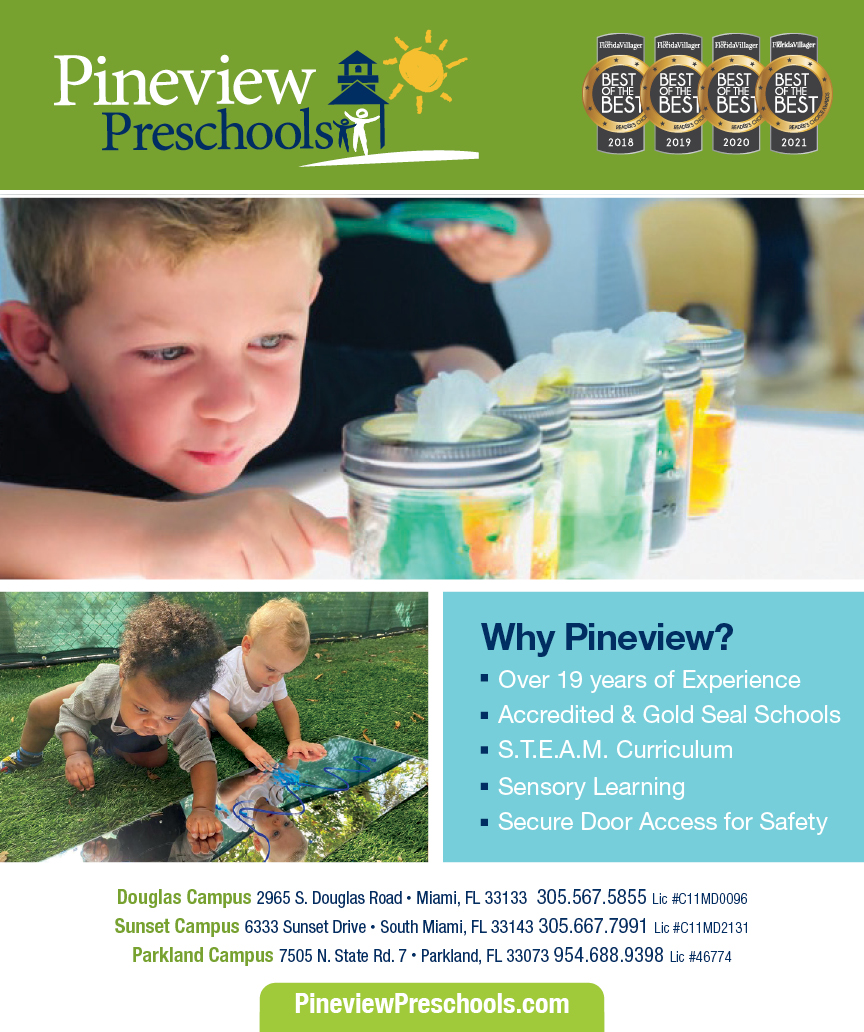
 Westminster
Westminster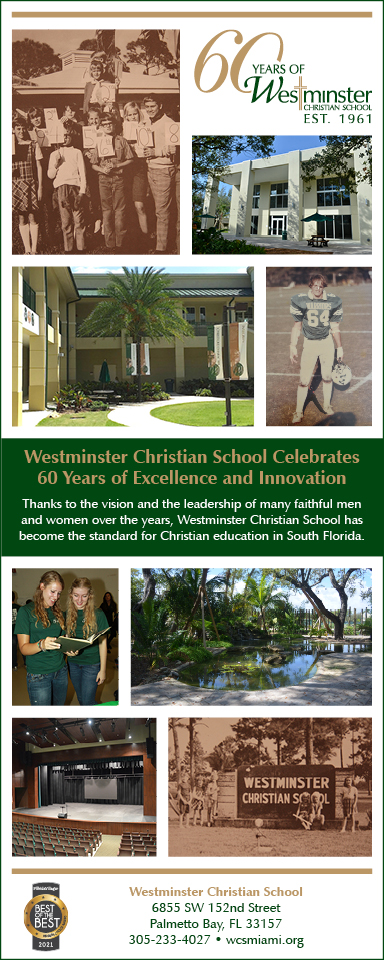
 Carrollton
Carrollton
 Lil’ Jungle
Lil’ Jungle
 Frost Science Museum
Frost Science Museum
 Palmer Trinity School
Palmer Trinity School
 South Florida Music
South Florida Music
 Pinecrest Orthodontics
Pinecrest Orthodontics
 Dr. Bob Pediatric Dentist
Dr. Bob Pediatric Dentist
 d.pediatrics
d.pediatrics
 South Miami Women’s Health
South Miami Women’s Health

 The Spot Barbershop
The Spot Barbershop
 My Derma Clinic
My Derma Clinic



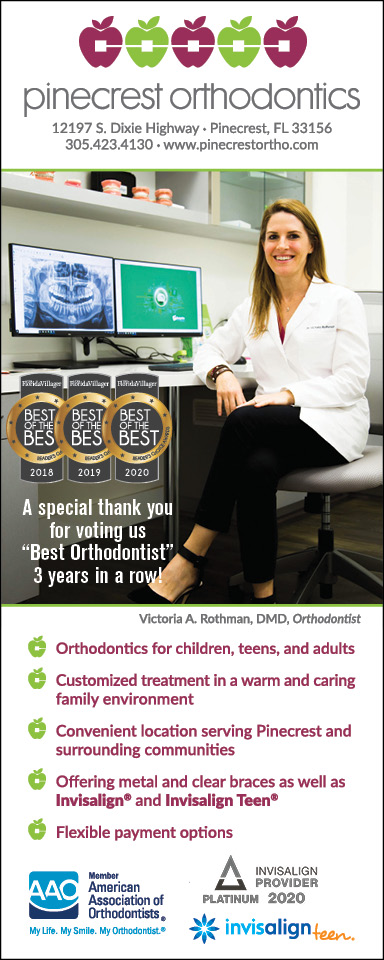
 Miami Dance Project
Miami Dance Project

 Rubinstein Family Chiropractic
Rubinstein Family Chiropractic
 Indigo Republic
Indigo Republic

 Safes Universe
Safes Universe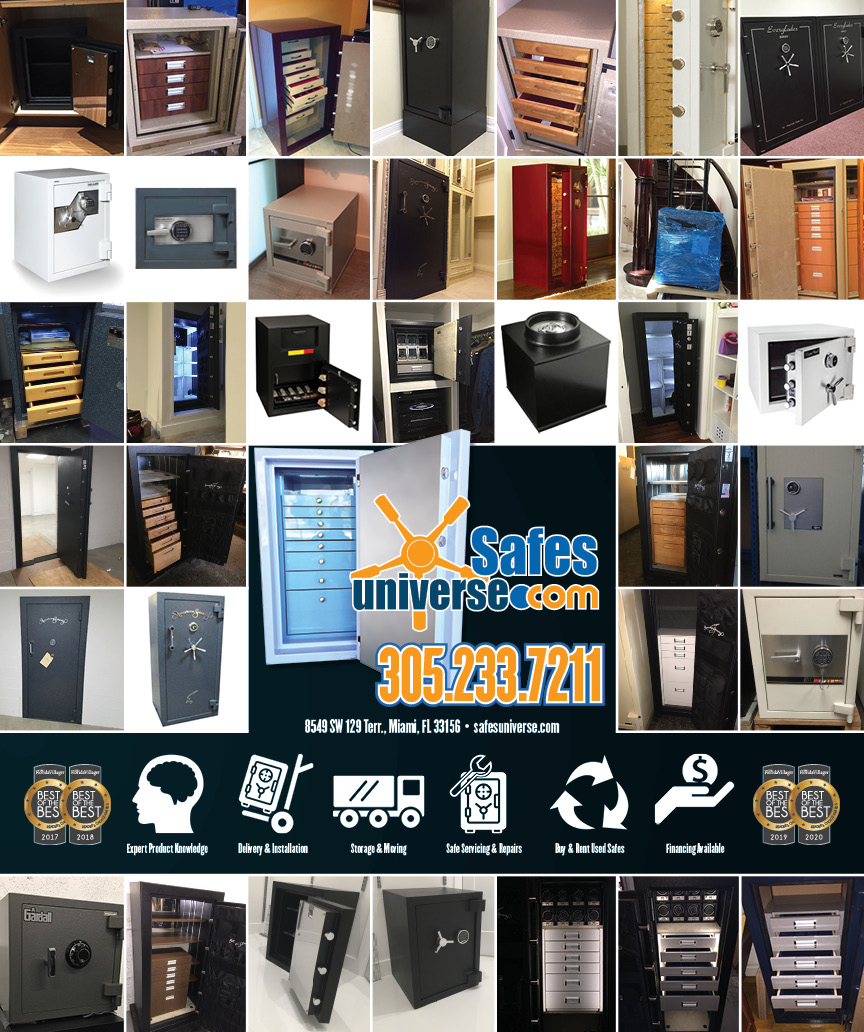
 Vintage Liquors
Vintage Liquors
 Evenings Delight
Evenings Delight



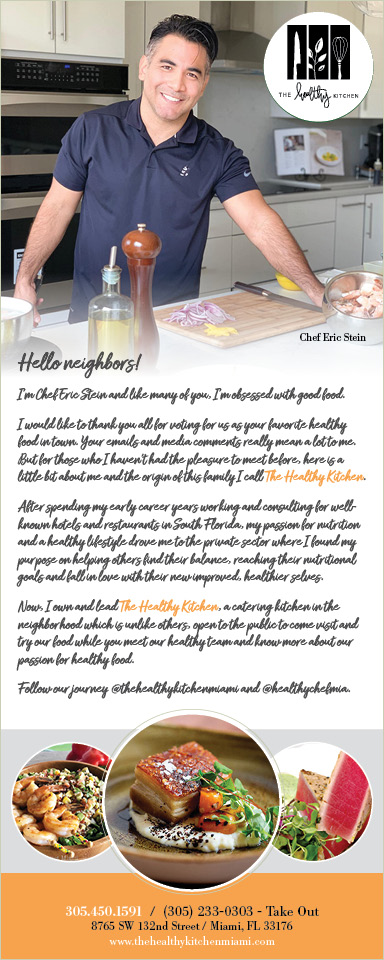

 Atchana’s Homegrown Thai
Atchana’s Homegrown Thai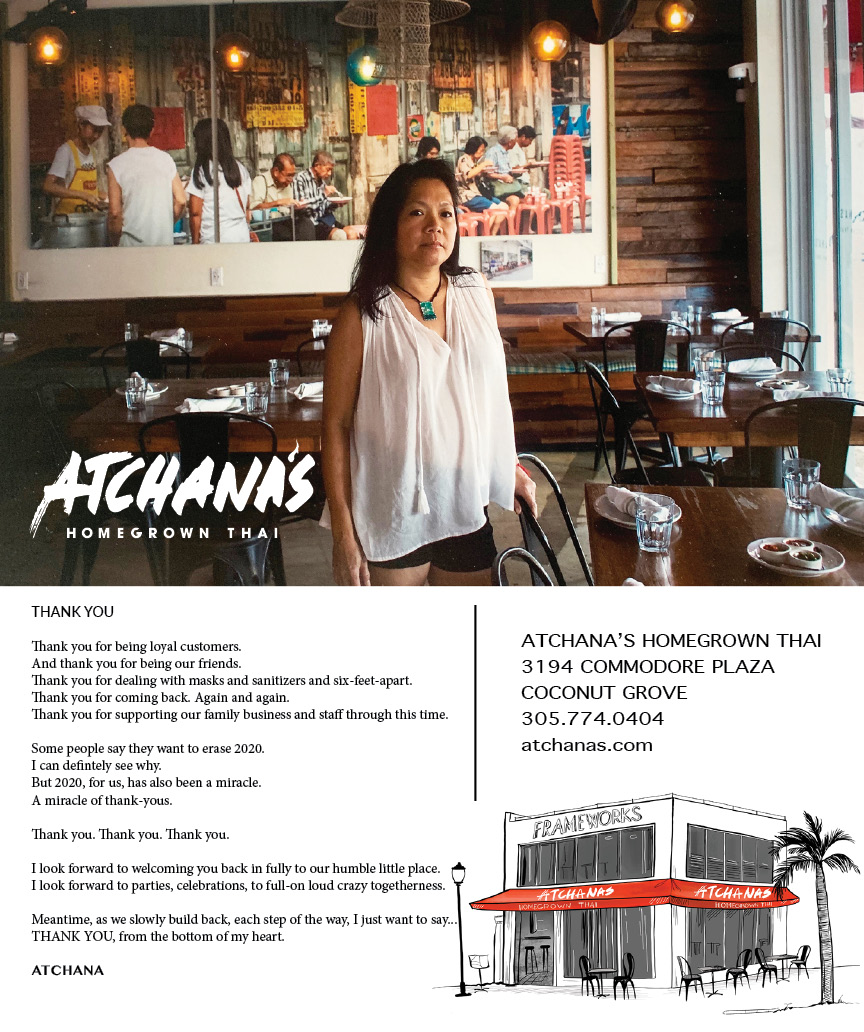
 Baptist Health South Florida
Baptist Health South Florida

 Laser Eye Center of Miami
Laser Eye Center of Miami
 Visiting Angels
Visiting Angels
 OpusCare of South Florida
OpusCare of South Florida

 Your Pet’s Best
Your Pet’s Best





 HD Tree Services
HD Tree Services
 Hamilton Fox & Company
Hamilton Fox & Company


 Creative Design Services
Creative Design Services